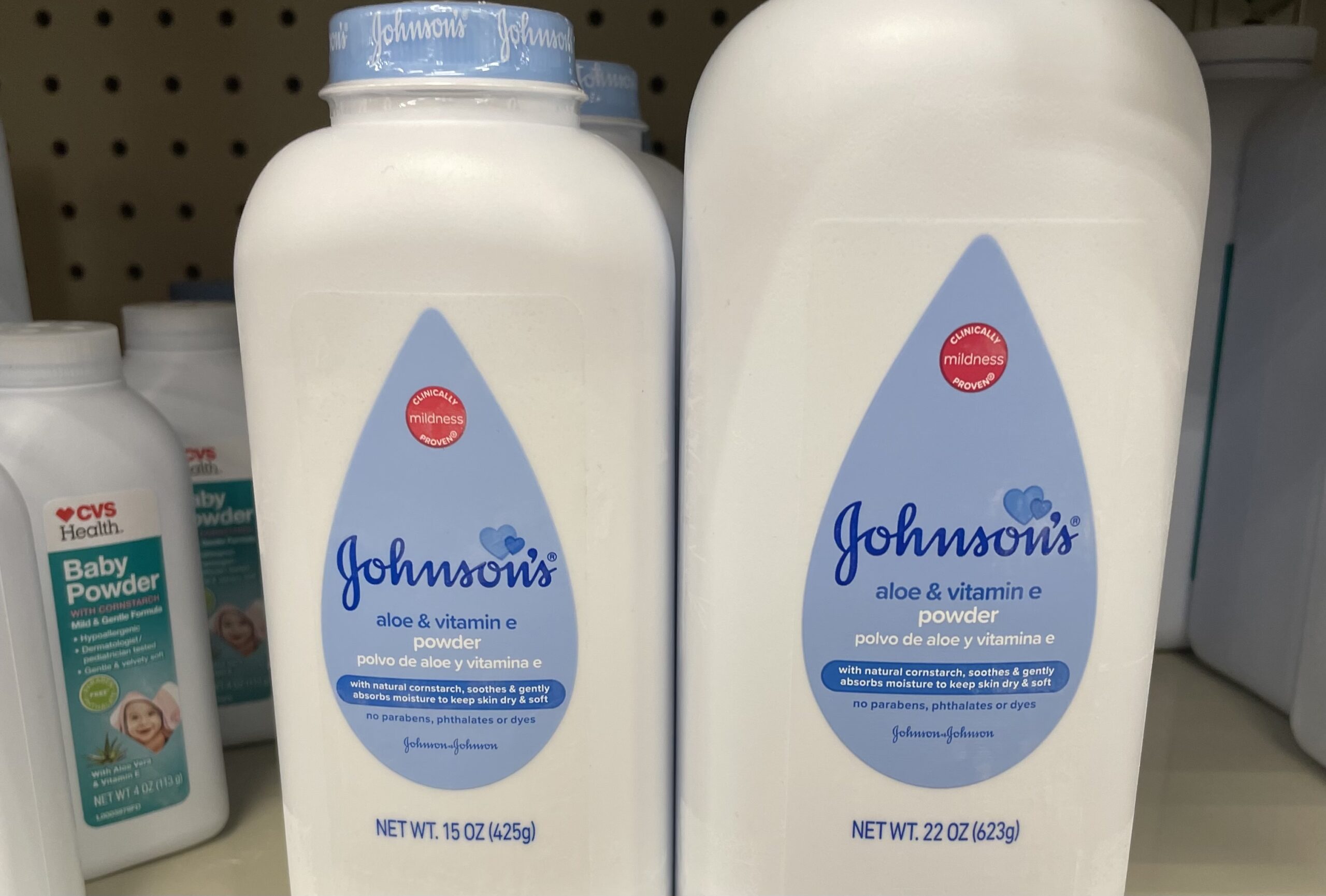Johnson & Johnson (J&J) has filed for bankruptcy for the third time in a determined effort to resolve a massive wave of lawsuits accusing the company’s talcum powder products of causing cancer. The filing was made by J&J’s subsidiary, Red River Talc, in the Southern District of Texas, marking another attempt by the healthcare giant to move forward with an $8 billion settlement designed to address more than 62,000 claims. These claims allege that J&J’s baby powder and other talc products were contaminated with asbestos, leading to life-threatening conditions such as ovarian cancer and mesothelioma.
The controversy surrounding J&J’s talc products has been brewing for years, with the company vigorously defending the safety of its products. J&J asserts that its talc-based items are free from asbestos and pose no risk to consumers, despite the widespread allegations. However, the legal tide has turned against the company as more and more plaintiffs have come forward, creating one of the most significant mass tort cases in recent history.
At the core of J&J’s legal strategy is its use of a complex bankruptcy mechanism known as the “Texas two-step.” This approach allows the company to separate its talc-related liabilities into a newly formed subsidiary, which then files for Chapter 11 bankruptcy. By doing so, J&J hopes to consolidate all current and future lawsuits into a single settlement under the oversight of the bankruptcy court, thereby avoiding costly and unpredictable jury trials. The “Texas two-step” has generated significant controversy, with critics accusing J&J of using legal loopholes to shield itself from full accountability while maintaining its financial stability.
This third bankruptcy filing differs from the previous ones in that it has garnered substantial support from claimants. J&J reports that 83% of current plaintiffs have backed the settlement proposal, which exceeds the 75% threshold required by law for the court to impose the agreement on all parties. With this backing, J&J is moving forward with renewed confidence, aiming to finally bring closure to the years-long litigation battle. The proposed settlement would not only provide compensation to claimants but also prevent any future lawsuits related to J&J’s talc products.
However, the road ahead remains challenging for J&J. Legal experts point to a recent U.S. Supreme Court decision involving Purdue Pharma’s bankruptcy, which may set precedents that complicate J&J’s efforts. Additionally, lawmakers are pushing for new regulations that would restrict large corporations from exploiting bankruptcy protections, particularly when those companies remain financially robust. As the case progresses, J&J faces mounting pressure from both the courts and public opinion, raising questions about whether this third bankruptcy attempt will finally bring the company the legal resolution it seeks.









